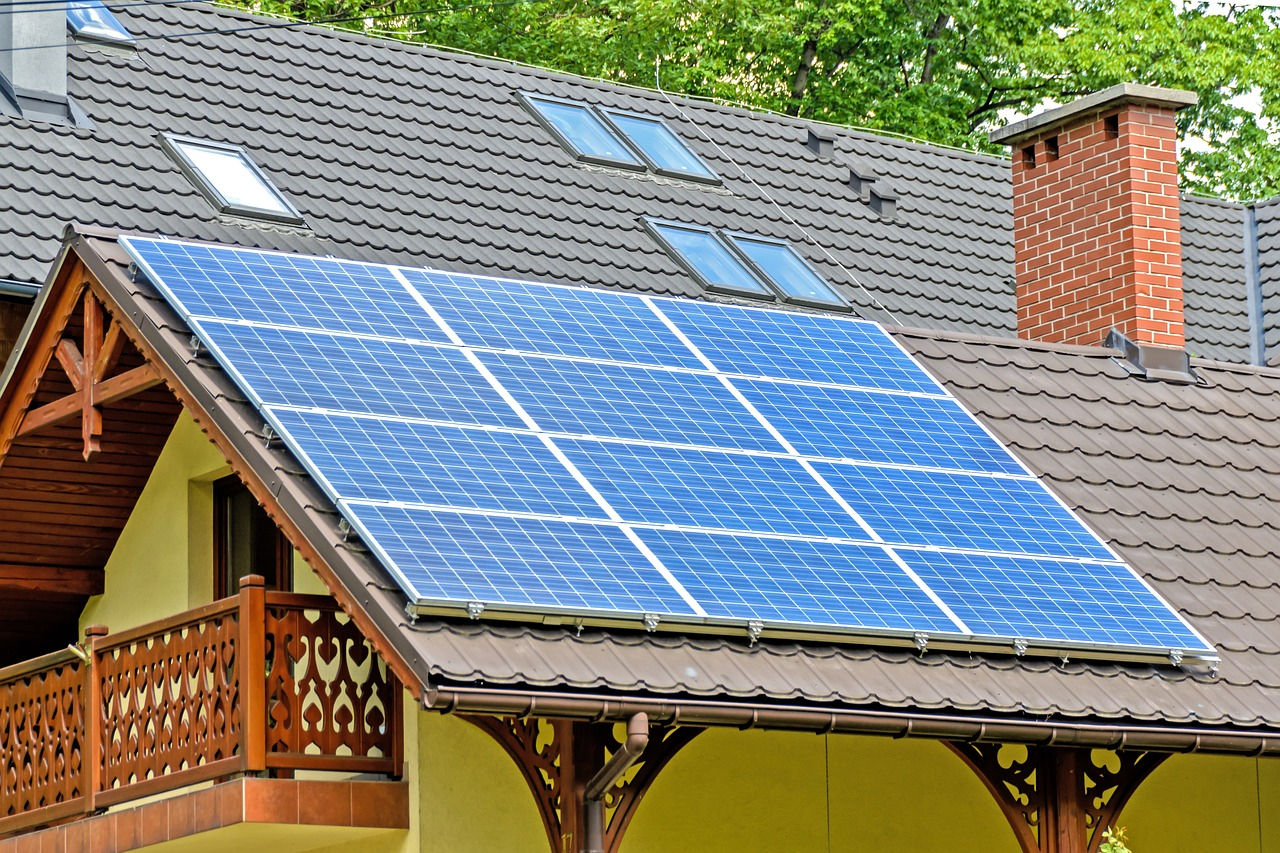The promise and limitations of rooftop solar
Rooftop solar installations have gained popularity among Canadian homeowners, who see them as a means to lower their electricity costs and reduce their carbon footprint. However, the regulatory frameworks in many provinces limit the extent to which homeowners can generate and profit from solar energy. In many regions, such as Alberta and Quebec, the amount of solar power that a rooftop system can generate is capped at the homeowner's annual consumption level. Excess power cannot be sold back to the grid for cash, but only credited against future electricity bills, which limits the financial return on investment for solar panel installations.
For instance, Hydro-Quebec's policy clearly states that "the customer's goal must be self-sufficiency and not sales." This sentiment is echoed by Darren Chu, managing director of Utility Network and Partners in Calgary, who notes the frustration of many of his clients. "We have lots of customers who come to us and say, 'Well, I have all this roof space, and I'm only allowed to cover a small portion of it with solar panels because that's all my consumption will allow me to do. How come I'm not allowed to export more?'" Chu's frustration reflects a broader challenge in aligning the potential of rooftop solar with current regulations.
Technical challenges of integrating rooftop solar
The integration of rooftop solar into existing power grids is not just a matter of policy but also one of infrastructure. Martin Boucher, a researcher in public policy on energy at the University of Saskatchewan, points out that solar energy is "quite disruptive" to the traditional utility model, which has operated in much the same way for over a century. Historically, large, distant generators produced power that was sold at a low wholesale price to a single Crown utility, which then distributed it to consumers at a marked-up price. This model relies on unidirectional power flow—from the power plant to the consumer—through transmission lines designed for that purpose.
The introduction of distributed energy resources, like rooftop solar, requires significant changes to this model. As Patrick Murphy of the U.S.-based clean energy think tank PSE Healthy Energy explains, additional safety infrastructure, including new sensors and programming, is necessary when homes start feeding electricity back into the grid. Without these upgrades, regulators are reluctant to support distributed energy systems that generate more power than the customer’s average use due to the potential risks of grid instability and safety concerns.
Moreover, local grids may need to be expanded or upgraded to handle the bidirectional flow of electricity, which can introduce congestion and other challenges. Jessei Kanagarajan, senior manager at Ontario's Independent Electricity System Operator (IESO), highlights how injecting solar energy into the grid can strain local distribution networks. As a result, some programs encourage customers to use solar energy primarily for their own needs rather than exporting surplus electricity to the grid.
Economic impacts on utilities
Beyond the technical hurdles, the integration of rooftop solar also presents economic challenges for utilities. The traditional utility business model relies on customers purchasing electricity at marked-up retail prices. When customers generate their own power through rooftop solar, utilities lose revenue, as these customers buy less—or no—power from the grid. Additionally, net metering programs, where customers are credited at retail rates for the electricity they generate, further erode utility profits. In some provinces, such as Saskatchewan, the cost implications of net metering have led utilities like SaskPower to transition to net billing, which compensates solar customers at a lower, wholesale rate for the electricity they produce.
Despite these financial challenges, some utilities continue to offer net metering as they explore how to adapt their business models to incorporate more distributed energy resources. Saskatoon Light and Power, for instance, still offers net metering because they recognize the potential of rooftop solar for the future and are working to figure out how to make it economically viable for both the utility and the customer.
The future of rooftop solar in Canada
The future of rooftop solar in Canada is likely to be shaped by a combination of regulatory reform, infrastructure upgrades, and new business models. As the demand for electricity in Canada is projected to double or even triple by 2050, utilities are beginning to view rooftop solar not just as a challenge but as a crucial part of the solution. Technologies like battery storage, bidirectional charging of electric vehicles, and virtual power plants are expected to play a significant role in balancing supply and demand, making the grid more resilient and efficient.
Patrick Murphy suggests that upgrading distribution networks to support more solar power could reduce the need for other expensive grid upgrades, such as additional generation and transmission capacity. Furthermore, he advocates for ensuring that disadvantaged communities, which have historically lacked investment, are not left behind in the transition to cleaner energy sources.
Francis Bradley, president and CEO of Electricity Canada, envisions a future where consumers become "prosumers"—both producing and consuming electricity, thereby playing an active role in the energy ecosystem. This shift could help address some of the reliability challenges associated with solar power's intermittent nature, smoothing out the peaks and troughs of supply and demand.
source: CBC


 Are you thinking about investing in real estate in Albania? Looking for a safe and profitable opportunity? Balfin Real Estate
Are you thinking about investing in real estate in Albania? Looking for a safe and profitable opportunity? Balfin Real Estate The issue of tariffs has gained significant attention in Canada following months of warnings from U.S. President Donald Trump. Tariffs
The issue of tariffs has gained significant attention in Canada following months of warnings from U.S. President Donald Trump. Tariffs The Canadian government has taken decisive action following new U.S. tariffs. Prime Minister Justin Trudeau announced immediate countermeasures after President
The Canadian government has taken decisive action following new U.S. tariffs. Prime Minister Justin Trudeau announced immediate countermeasures after President

